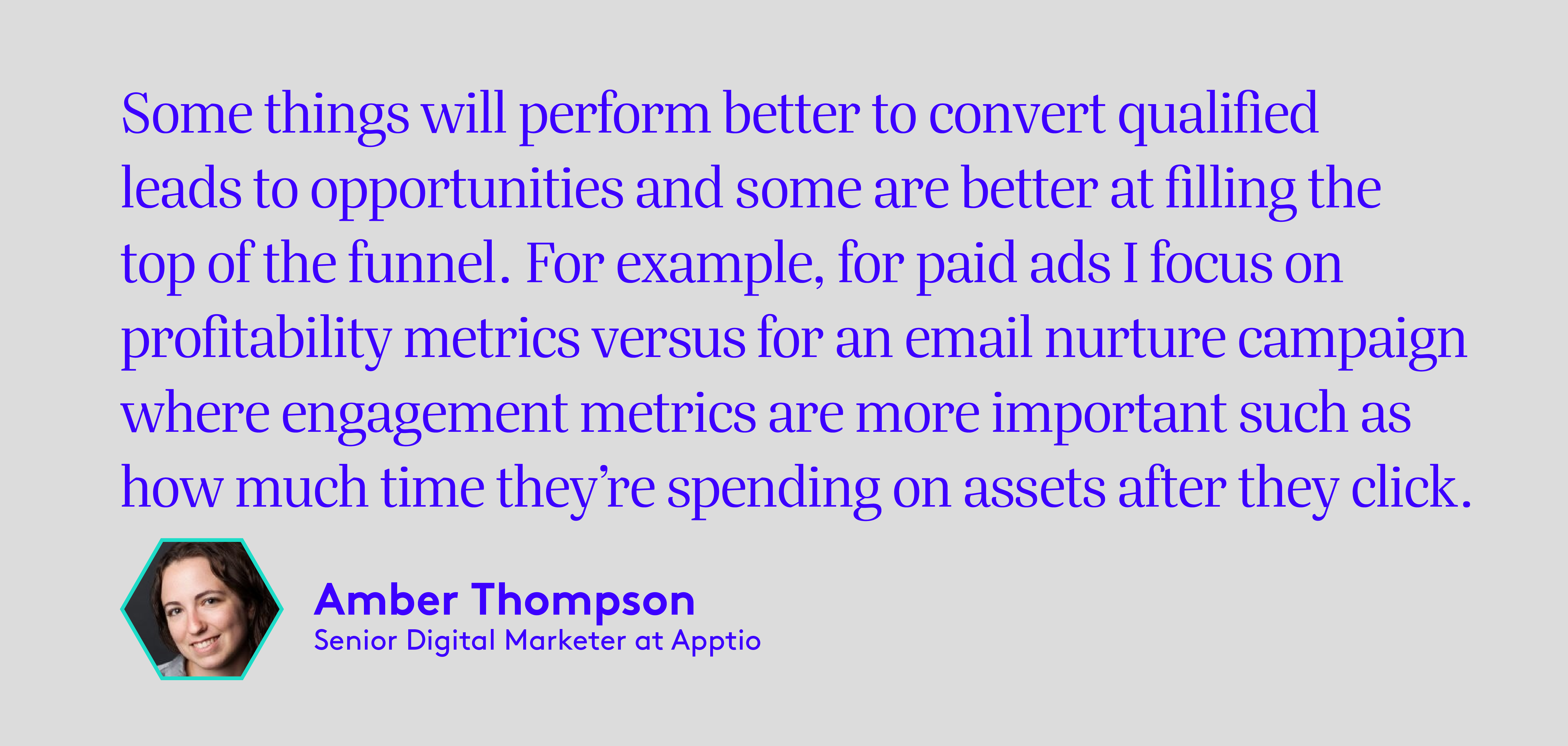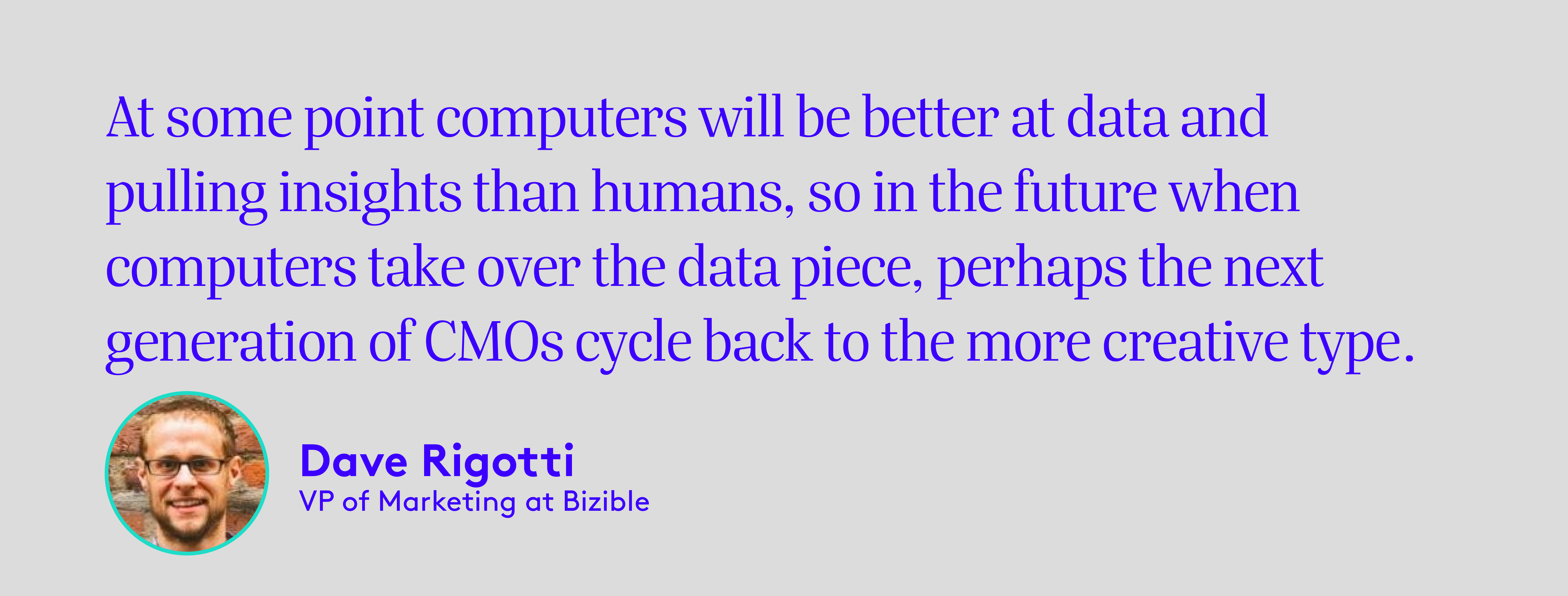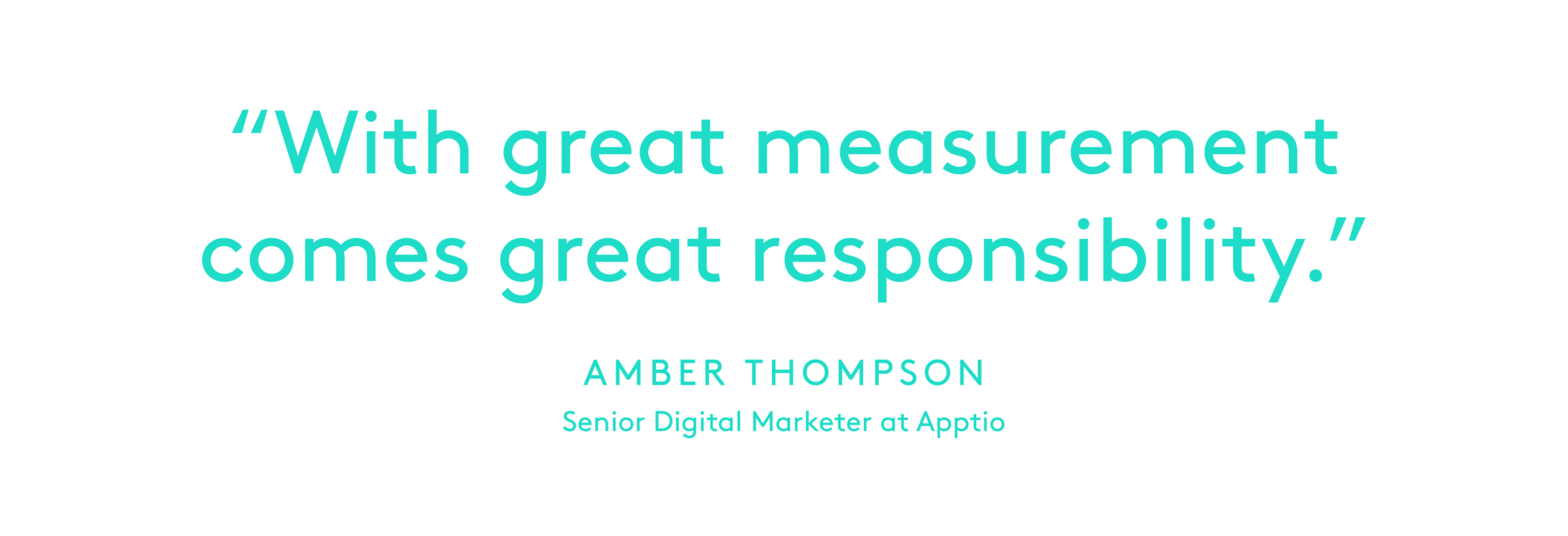
#B2BChannelPanel Round-Up: Marketing Measurement
Every solid cross-channel marketing strategy comes with its own set of headaches. A big source of that pain is around how to best measure success. With every piece of technology focussing on different success indicators, how can B2B marketers best track the success of their marketing efforts, offer transparency to senior leadership and the rest of the organization, and use the data to plan for the future?
Our expert panel weighed in on these issues and more in last week’s #B2BChannelPanel, the first of 6 in a summer series. This panel focused on cross-channel marketing measurement and was hosted by PathFactory’s VP of Customer Experience, Heather Foeh. The stellar line-up included:
- Amber Thompson, Senior Digital Marketer at Apptio
- Mark Bruno, VP of Analytics at Bulldog Solutions
- Dave Rigotti, VP of Marketing at Bizible
Watch the full discussion:
There are so many different marketing metrics to measure, which are the ‘right’ ones to focus on?

Mark: It’s important to also be aware of the timeliness of the metrics you’re looking at. Metrics can become less meaningful if there’s too much of a time lag.
Dave: I have a slightly different perspective to add here. Marketing has a singular goal: To grow the company. At the end of the day, the metric that most companies value the most to measure growth is revenue.
Heather: Yes, revenue is definitely the ultimate goal and metric, but it may take some time to get there. So, as a marketer, how can you track campaigns and make decisions in the meantime. What are the leading indicators?
Dave: I think it’s important to have two sets of metrics: A set for your goals and a set for your leading indicators. Definitely important to keep those in mind and measure them accordingly.
Amber: We basically start with our end goal and work backwards from there using a demand waterfall. So not every metric is specific to revenue or growth, but we know it’s an indicator that will lead to that. For example, drive more engagement with dead opportunities.
With so many channels measuring performance so differently and sometimes in a silo, what’s the best way to pull it all together for a holistic view?
Dave: I think of a program having the 3 Cs: Campaigns, content, and channels. There can be different permutations of what the goals are for each C. Think about what the overall goal is for each C before you start doing any marketing at all. Getting everything set up in the beginning can help guide how you proceed with your marketing.
Amber: The campaigns I run are so driven towards demand and driving growth, but I do treat each digital channel a bit differently.

Mark: It’s an iterative process. We sometimes tune the metric, channel or both over time as we assess performance. If you’re multi-channel, it’s difficult to take into account the effect one channel may have on another.
The panel live chat was firing up at this point and the focus took a turn to how marketing measurement affects its relationship to sales. Tom A asked via live chat:
How does content marketing relate to sales and how do you measure engagement in terms of sales outcomes?
Amber: When it comes to sales, it’s important for B2B marketers to have a tool like Bizible for attribution tracking. You can see the progression through the pipeline. It’s also important to use tools that provide deeper engagement metrics than just clicks or downloads. This way, you can send sales contacts who are spending meaningful time with your content and provide them with information to help guide their conversation.
This piqued Kirsty W’s interest. She asked:
What tool is Amber using to measure time spent with assets?
(We swear we didn’t plant this question!)
Amber: Umm [laughs] it’s this company called PathFactory. It gives a lot of valuable insight into how long contacts are spending on content and how many assets they’re viewing. It helps you provide a great content experience for people and allows you to guide them through a volume of content. We integrate it with Salesforce to see which accounts are engaging the most and we feed that into our lead scoring.
Amber added that some other tools she uses to measure meaningful behaviours are:
- Google Analytics: determines how people are behaving on the website
- Bizible: provide data within Salesforce like which keywords are driving leads and revenue
- Marketo/MAP: marry all engagement data together and feed it into Salesforce for scoring.
Every martech platform out there has its own reporting. How do you know which ones are most accurate and how can you avoid tons of manual analysis?
Dave: When bringing marketing data together for purposes of reporting think about the metrics you really care about. Don’t go through an exercise to report on a bunch of data if it’s not going to be used.
Mark: When I’m working in more than one application with a different analytics component with disparate outcomes, there will always be assumptions built into each application. It’s important to understand what those are in order to best compare data output from multiple systems.
Amber: Being more sales driven, I tend to have a bias in choosing platforms that integrate with Salesforce as much as possible. At least when it comes to the later stage metrics and making investment decisions. Try to find a ‘source of truth’ that connects and integrates with as many tools as possible.
Heather: Another benefit of using something like Salesforce to aggregate metrics is that it also allows many other stakeholders across the company to have easy access to the results.
The mention of Salesforce sparked more curiosity from the audience around scoring and attribution. Ben B asked:
When it comes to attribution, anything other than first and last click comes down to assigning an arbitrary value to all other stages. How do you determine the value to assign?
Dave: It’s pretty arbitrary when humans decide on attribution values, but it’s way better than assigning all credit to only one touch. A less arbitrary option is to let a computer decide what the weighting should be. A computer can consolidate hundreds of thousands of data points to decide the weights making it more of a science.
Look into our crystal ball. What will marketing measurement look like in the future?
Mark: It’s important to distinguish between generating insight and generating actionable insight. Actionable insight is something that really makes you change direction. This comes from something more sophisticated like machine learning and predictive intelligence and I think that’s where things are evolving.
Amber: The future will tie to marketing’s ability to tie what we do to revenue and growth. There will be a lot more emphasis on understanding attribution and performance of content right down to the keyword level to help understand what is really pushing the needle. That way we can optimize investments and better communicate the value of marketing to the rest of the organization.
Dave: The first iteration of great CMOs were the people who understood audiences and creative. The current generation is the ones that really understand data and how to use it as a competitive advantage.

Then, of course, the inevitable question about privacy and security from Ben B:
Will performance measurement take a step back or become more difficult due to growing privacy concerns and regulatory constraints?
Mark: Privacy issues will influence a lot of things, not just marketing performance measurement, but also how we use data across the spectrum.
Amber: This is actually a positive. It puts the pressure on us to do a better job with our content and make the experience worth opting into. It will change things but we will evolve as marketers to meet the new requirements.
Heather: I totally agree. It makes us stop thinking about quantity and start focusing on quality. So the numbers become less important and the outcomes become more important. It’s a hard mental shift for marketers, but it is important considering our databases will inevitably become smaller.
Tom A added an excellent point: Perhaps we need to better educate our audience as to why they should trust us with their data.
How can we use all this data and insight to inform your marketing strategy in the long term?
Dave: An important concept in measurement is separating out the effectiveness of marketing as a whole, which is usually tied to revenue, from the optimization side, which is the view that is updated relatively frequently.
Mark: Performance measurement, or tactical measurements, is one component. If you want to look over the long term you not only have to measure something but you also have to establish relationships. Once you establish the relationship between pieces of data, then you can start to predict future models for the long term.
A final word:
Amber: In the spirit of measurement and in talking about the optimization piece, don’t forget to share that information with the rest of your team. It’s so important to not only think about optimizing for your own goals but making sure you’re aligned with the rest of the team’s goals and sharing what is working and what’s not working. Always be thinking about how you can help the greater team, even beyond marketing.

The Channel Panel is over but you can still watch all 6 recordings here!
